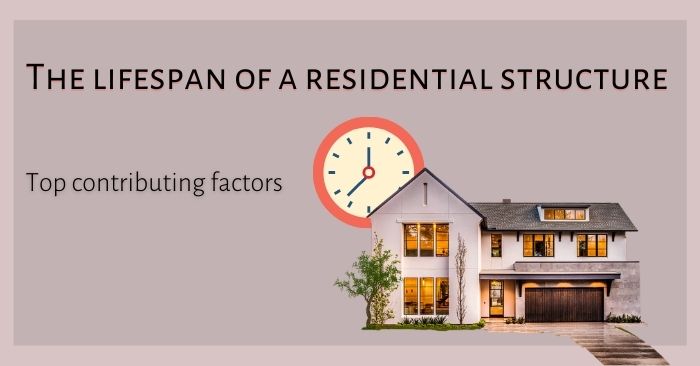Email: [email protected]

Modern buildings are made with a plethora of different materials. Understanding factors that can affect the lifespan of a building can give great insight on whether a home purchase is worth the buy and what to be aware of during the home building and buying process.
The average lifespan of a residential building can range from around 50 to 100 years. Many factors determine the longevity of a building and the overall well-being of a structure.
Primary factors contributing to the lifespan of a building include but are not limited:
The average life span of many common household appliances ranges from around 8 to 15 years - these appliances include things such as your refrigerator, stove, microwave and dishwasher.
Generally speaking, appliances won’t last forever but you can improve their longevity by emptying filters regularly, leaving room for proper ventilation, cleaning (read instruction manual for proper cleaning techniques) and using the appliance only for what it’s intended for.
Quality building material plays a great role in how long a home or any other building may last, however certain types of materials will help a structure to be long-lasting. These materials include:
If you’re purchasing a new home or having one built, it’s essential to research the building materials. This ensures the home not only appears beautiful on the outside, but is also a quality structure on the inside as well.

You don’t need to do this alone. I am bilingual in English and Spanish, and I have been in the industry for over 20 years, after earning my degree in Business Management and successive studies in Human Resources and Technology. Never content to let my education lapse, I also received a certification in Negotiation Skills from Pepperdine University and attended courses at Stanford University. A leader in the field, I am a member of the Santa Clara Board of Realtors and served as a professional standards ombudsman for 8 years. I completed a term as the President of the National Hispanic Organization of Real Estate’s Santa Clara chapter in 2016, now serving as this organization’s National Vice President. I pursued additional in-depth training to achieve professional designations as an ABR (Accredited Buyer’s Representative), CRS (Certified Professional Specialist), and SRES (Seniors Real Estate Specialist), GREEN certification, and RCS-D (Divorce Real Estate Specialist). Far from being a meaningless alphabet soup, this demonstrates how proactive I am in pursuing the latest knowledge so that I completely prepared to satisfy all my sellers' and buyers' unique needs. I am committed to Excellence!